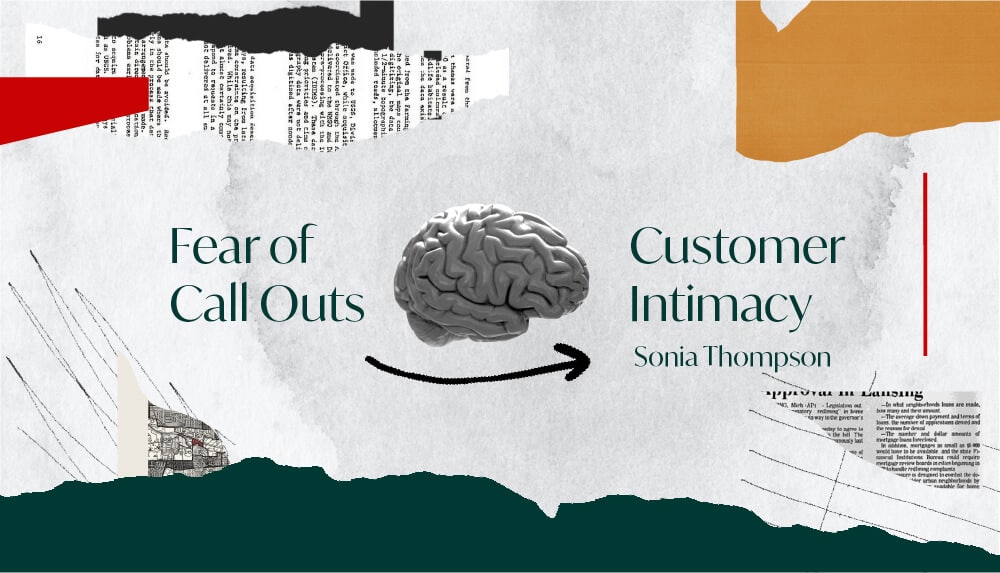We would like to acknowledge that we operate on the traditional, ancestral and unceded territory of the Coast Salish peoples–Sḵwx̱wú7mesh (Squamish), Stó:lō and Səl̓ílwətaʔ/Selilwitulh (Tsleil-Waututh) and xʷməθkʷəy̓əm (Musqueam) Nations.
Land acknowledgements similar to this are now popping up in all forms of communication from introductions prior to speeches or presentations to being embedded in marketing materials on websites and emails as a way to try to begin the process of reconciliation. They are meant to respect and recognize the original inhabitants of Turtle Island and reflect the ways in which many Indigenous Peoples introduce themselves to others. For brands that are led by and consist of settlers, these acknowledgements are a step towards reconciliation where there is recognition of a truth in a history and a present that continuously aims to take away the rights and sovereignty of Indigenous Peoples. However, land acknowledgements can come across as a performative measure that an organization does simply to seem like they are being inclusive. In light of that, rather than provide a step-to-step guide on how to write a land acknowledgement, we will instead provide a basic cyclical framework of the process that should go into creating one instead.
Most importantly, reconciliation doesn’t stop with a land acknowledgement. It is only the first step towards the long path to reconciliation between Indigenous Peoples and settlers.
EDUCATION

As your organization starts thinking about their land acknowledgement, they need to be able to have a strong understanding of the traditional, unceded, and ancestral lands that they are on. Native-Land provides an approximate location of where Indigenous Nations are located across North America and globally. Once your brand knows which traditional territories they are on, take some time to understand the histories and background of the territories and Indigenous Peoples who reside there. Were there any residential schools on the land? What treaties were created and signed? Being true to the roots of these territories involves navigating the process of correctly pronouncing them in verbal speech and including that pronunciation in the organization’s written land acknowledgement for consumers/clients. It also involves being intentional with one’s language use such as through capitalizing Indigenous or avoiding colonial language that removes agency from Indigenous Peoples (e.g. allow, permit) so that the land acknowledgement does not perpetuate more harm. Active engagement in learning more about Indigenous Peoples on the land that your organization is on will help to inform how your brand frames the land acknowledgement in their communication.
REFLECTION

Now that your organization is educated on the territories with which they are on, it is time to think about how it can engage with the land. That engagement comes through the process of reflecting on the work that the organization is doing to reconcile. How does the brand’s history connect to how it is situated on Indigenous land? On an individual level within the organization, how does one’s own ancestry connect back to land? Reflection also comes from being critical of the history that we have been taught and framing displacement as not solely limited to Indigenous Peoples, but also of equal importance for Black people in Canada whose experience of slavery and of being stolen from their Indigenous lands is a history that has largely been erased and whitewashed. Similarly, there is the continued invisibility of Afro-Indigenous Peoples in Canada who have had land stolen from them and have been displaced from their Indigenous land. Through being reflective of one’s own personal positionality, the larger organization’s positionality, and the broader system that hides Canada’s colonial past and present, will all combine to help your brand be real and authentic when creating and communicating land acknowledgements that maintain their meaning and value.
Now that your organization is educated on the territories with which they are on, it is time to think about how it can engage with the land.
ACTION

Most importantly, reconciliation doesn’t stop with a land acknowledgement. It is only the first step towards the long path to reconciliation between Indigenous Peoples and settlers. One way of continuing on this path is by figuring out how your organization can apply the calls to action that have been highlighted by the Truth and Reconciliation Commission Report within the daily operations of the organization itself. For example, one section of the report discusses media and reconciliation where, among other things, there is a call to increase “Aboriginal programming, including Aboriginal-language speakers” indicating a need for more Indigenous representation and Indigenous language in the media. In relation to that, action may involve changing how your brand communicates when talking about Indigenous Peoples in their copy or social content so as to decolonize the language used, which can only truly happen when the work is also by Indigenous Peoples rather than just about Indigenous Peoples as has historically been the case. Other forms of action can also include supporting local activism work led by Indigenous Peoples like the Idle No More movement. At times, however, your organization may find that it needs to go back to the education and reflection phase again to figure out the best course of action, hence why this is a cyclical framework. In the end though, it is through these ongoing actions that occur even after a land acknowledgement has been created and said will a brand truly be ensuring that those words don’t just become empty lip service.









